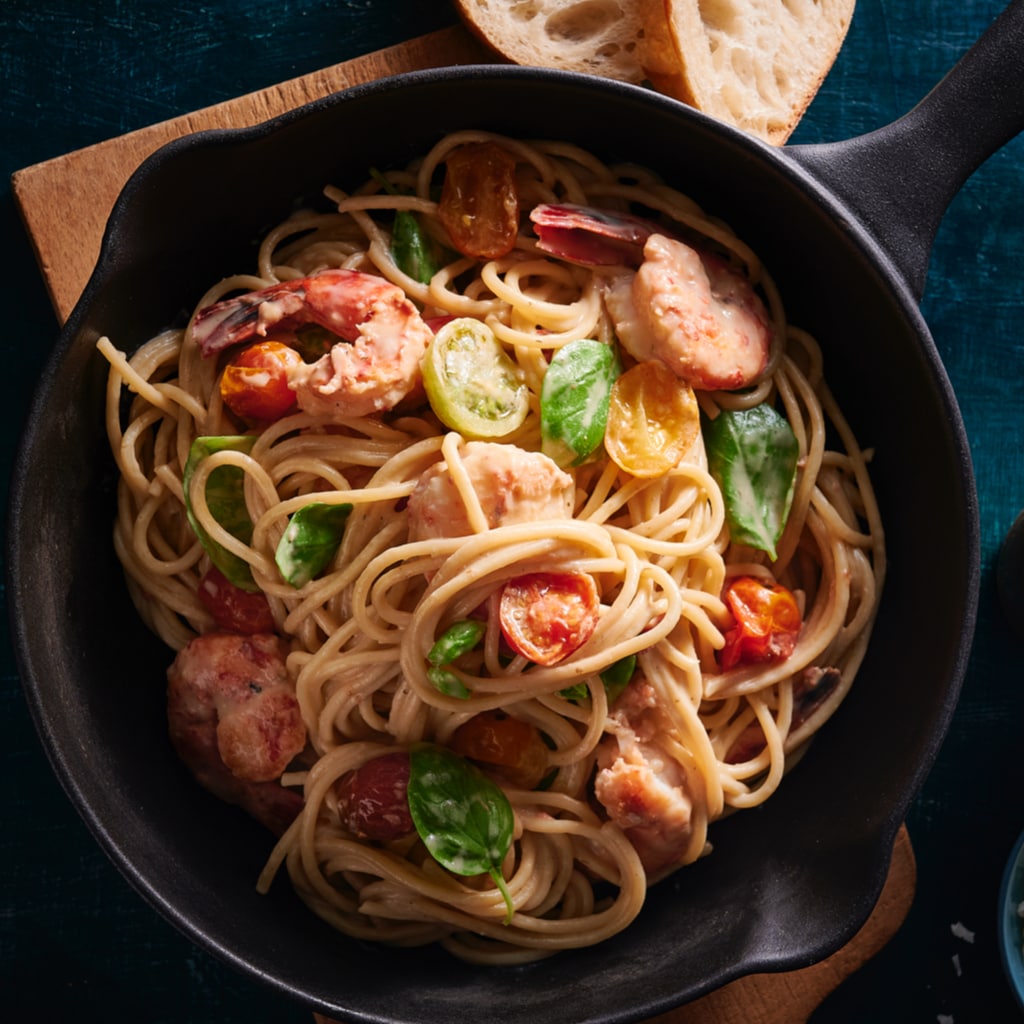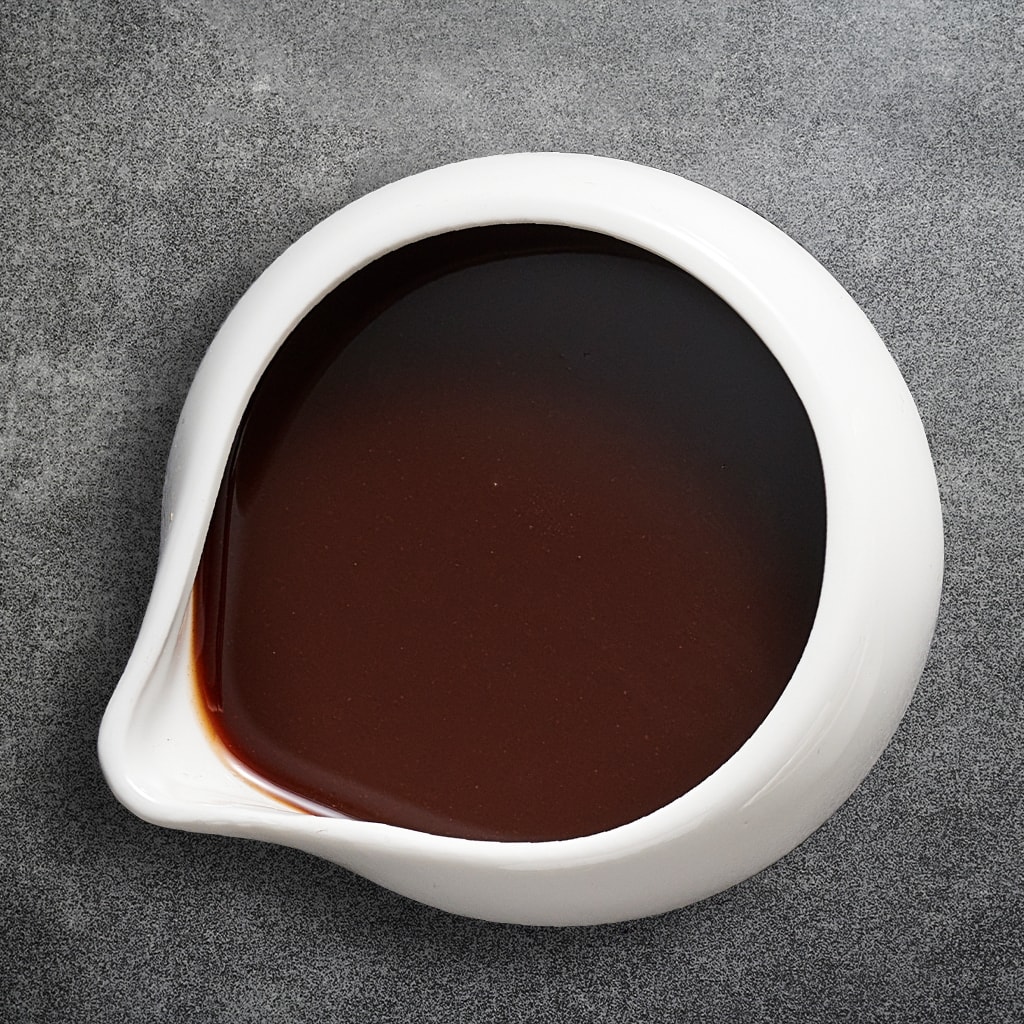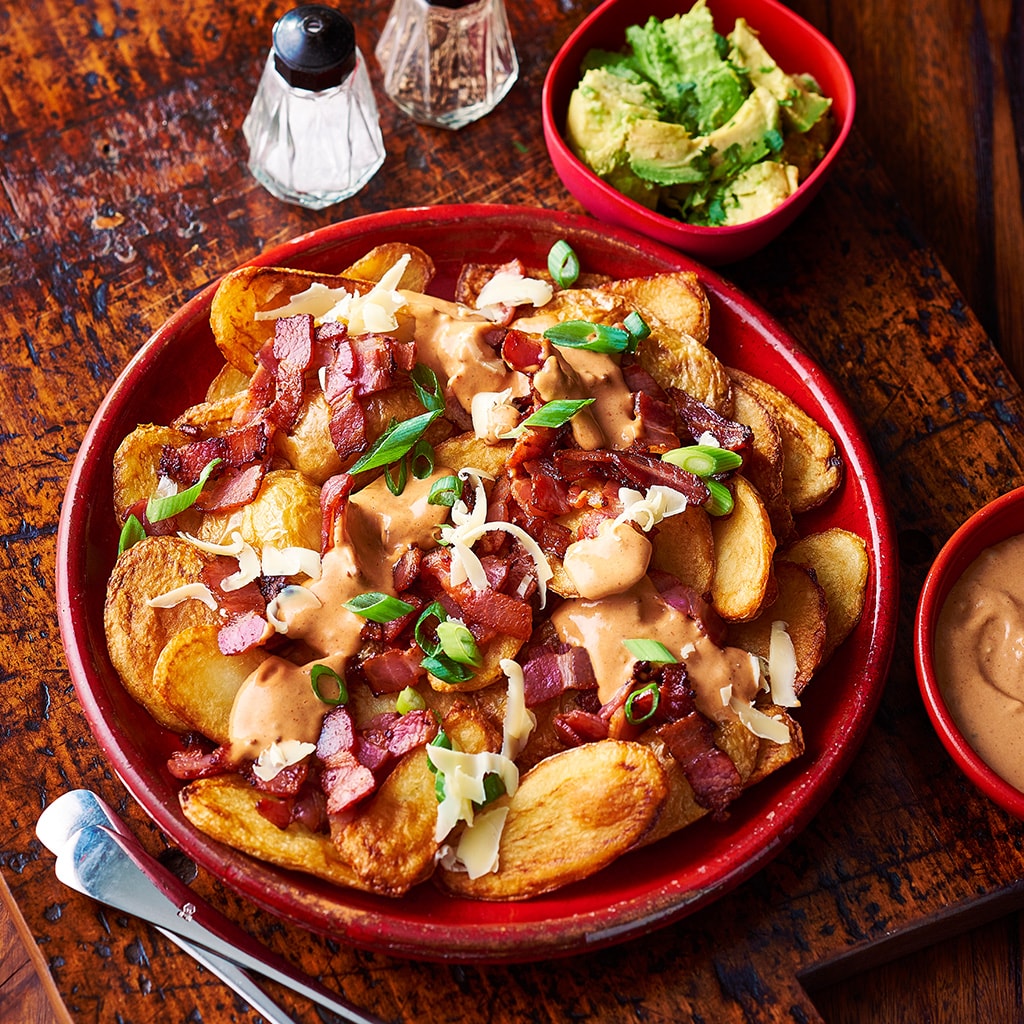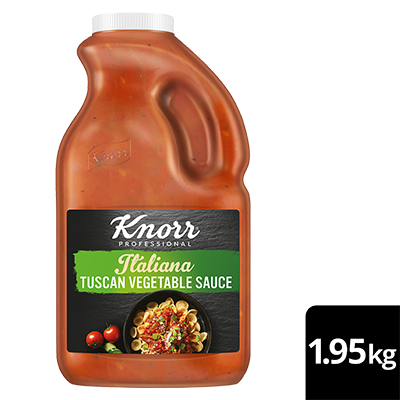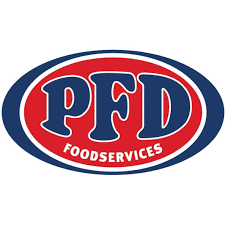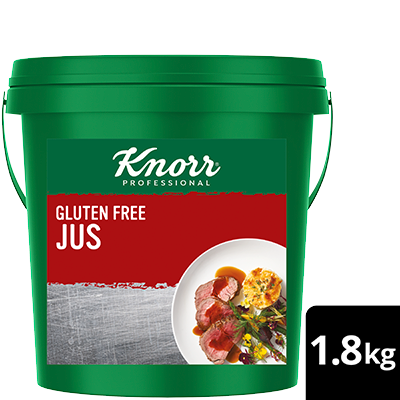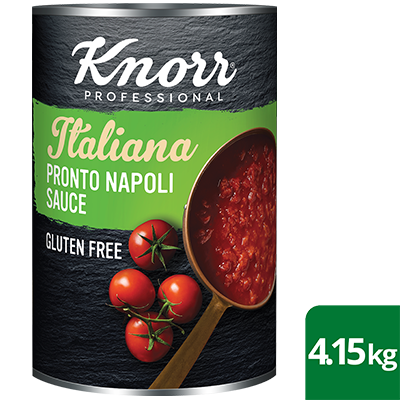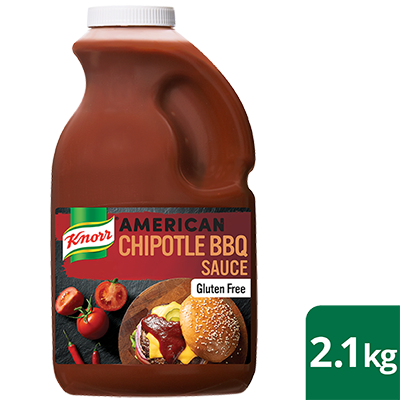Posted on Tuesday, 15ᵗʰ October, 2024
Higher interest rates and cost of living pressures have left many people with less money to spend on dining out. With Christmas and end-of-year functions on the horizon, now is the time to consider how you can best meet the needs of diners who are watching every dollar.
UFS recently surveyed chefs across Australia and New Zealand, with a hot topic being changes in per-head spending at pubs, cafés and restaurants. Venues are observing a decrease in covers, driven by a surge in certain diner behaviours, including:
- Working-age adults ordering from the seniors’ menu
- Diners entering a venue with a pre-determined budget
- More patrons ordering starters as mains
These anecdotal observations are supported by ABS data that shows a sharp downturn for hotel, café and restaurant spending in the May 2024 household expenditure report.¹
This all points to a large community of people who remain committed to eating out, but who are also working hard to simply make ends meet.
So, how can we make Christmas meals more affordable? Here are our top ideas for creating low-cost Christmas dishes:

Our love affair with prime cuts endures, but with some secondary cuts available for half the price, the trade-off has never made more sense.
This Christmas, consider beef skirt steak, lamb forequarter chops, pork rasher and chicken thigh as lesser-used cuts that, with care and creativity, can be proudly served at a cost that makes a meat-based meal accessible to all. Stay tuned for exciting recipe ideas in our Christmas guide.

According to the United Nations, the global foodservice sector currently wastes an estimated 290 million tonnes of food annually,² and yet the clever use of ‘would-be’ waste is one of the easiest ways to control your costs.
Start by looking at what you are throwing in the bin and consider options for its use. You will be surprised at what you can do with a bit of creativity.
For money-saving ideas that use every part of your produce, check out our low-waste menu techniques and other ideas to reduce food waste and improve your profitability.


Some customers may not be able to splash out on an expensive Christmas meal, but you can always find ways to make meals special without going over the top. For example, use sauces as a low-cost upsell option.
Classic sauces such as mushroom, brown butter miso, chasseur and béarnaise are easy to make, don’t cost the earth for your customers but can also improve your venue’s profitability this Christmas.

Seasonal vegetables offer the best value. At Christmas, veggies in abundance include avocado, beetroot, carrot, cauliflower, eggplant, mushroom, pumpkin, spinach and sweetcorn.
With 25% of Australian diners now identifying as vegan, vegetarian or flexitarian, and two-in-five Aussies actively trying to reduce their consumption of meat, the scope to increase the ratio of veggie-based dishes across your menu is only increasing.³
Writing menus that maximise the use of these veggies at Christmas time will provide the best margins, while allowing you to keep costs down for your customers.

Chopping onions for hours is enough to make you cry, not to mention the thought of what you could be doing instead.
Reliable, high quality ready-to-use products that help you deliver consistency when kitchen skills are at a premium and, most importantly, mean you’re not paying for hour-after-hour of expensive manual labour.
Coming soon: our low-budget recipe ideas
To help keep menu prices in check this Christmas, we’ve created a series of delicious and cost-effective recipes with a festive flavour, and they’re coming soon to our all-new Chef’s Guide to a Lit Xmas. If you haven’t already, pre-register now to receive the guide through email by 5th November.
¹ABS Monthly Household Spending Indicator (report), May 2024, published 4 July 2024
²United Nations Environment Programme (UNEP) Food Waste Index (report), 2024
³ YouGov AU World Food Day surveys, October 2023
Disclaimer: The content of this article is created for inspiration purposes only. It is not intended as clinical, medical or nutritional advice.




